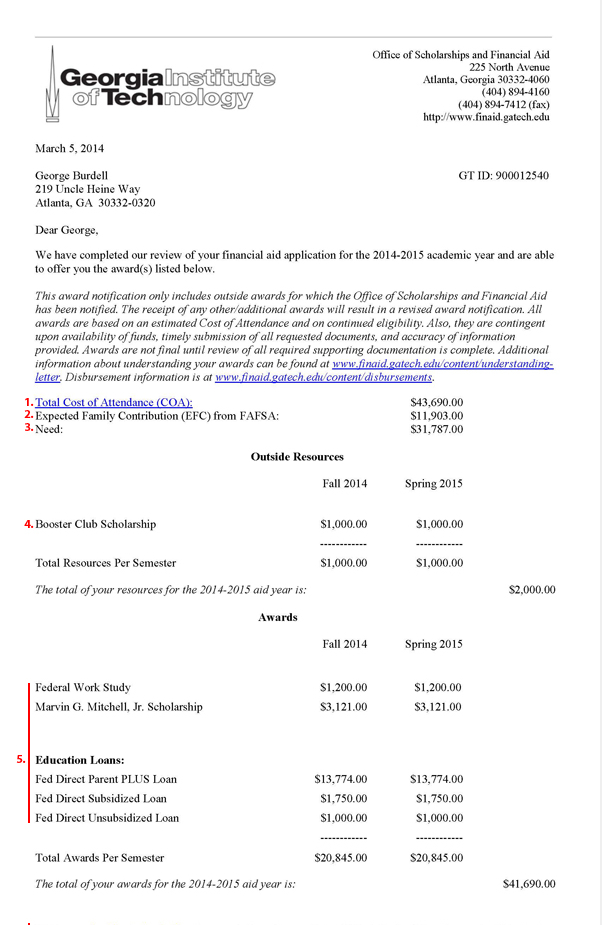 Samantha Castillo drove her family a bit crazy with her love for video games–and her criticisms of the ones that could be better. She loved educational games when she was little, for example, but found the games for older kids could be pretty dull.
Samantha Castillo drove her family a bit crazy with her love for video games–and her criticisms of the ones that could be better. She loved educational games when she was little, for example, but found the games for older kids could be pretty dull.
So she jumped at the chance to learn game design from USC’s Game Innovation Lab when she was in high school. In return, the lab wanted high schoolers’ help in designing games to make it easier for first-generation students to apply for college.
“First generation” students are those whose parents haven’t gone to college. The knowledge gap between those parents, and the ones with college degrees, can be huge. Kids without parents to guide them through the application and financial aid processes are less likely to attend college, and less likely to get college degrees when they do. A big problem is “under-matching,” when the student settles for a much less challenging or selective school than the ones for which she’s qualified.
That could have been Castillo, who lives in a neighborhood where just getting through high school is considered an accomplishment. She had a vague idea that she might go on to community college, but wasn’t sure what that would involve.
So she asked a lot of questions, and helped to research the answers. Just the fact that the game developers listened to her and her opinions gave her more confidence.
Fast forward to today: Castillo is about to graduate USC with a degree in neuroscience. She credits the game lab, and working on its college application games, with the big step up in her ambition and accomplishment.
For more on Castillo, and the games, read my Reuters column this week: “To get into college, play a game or two.”




